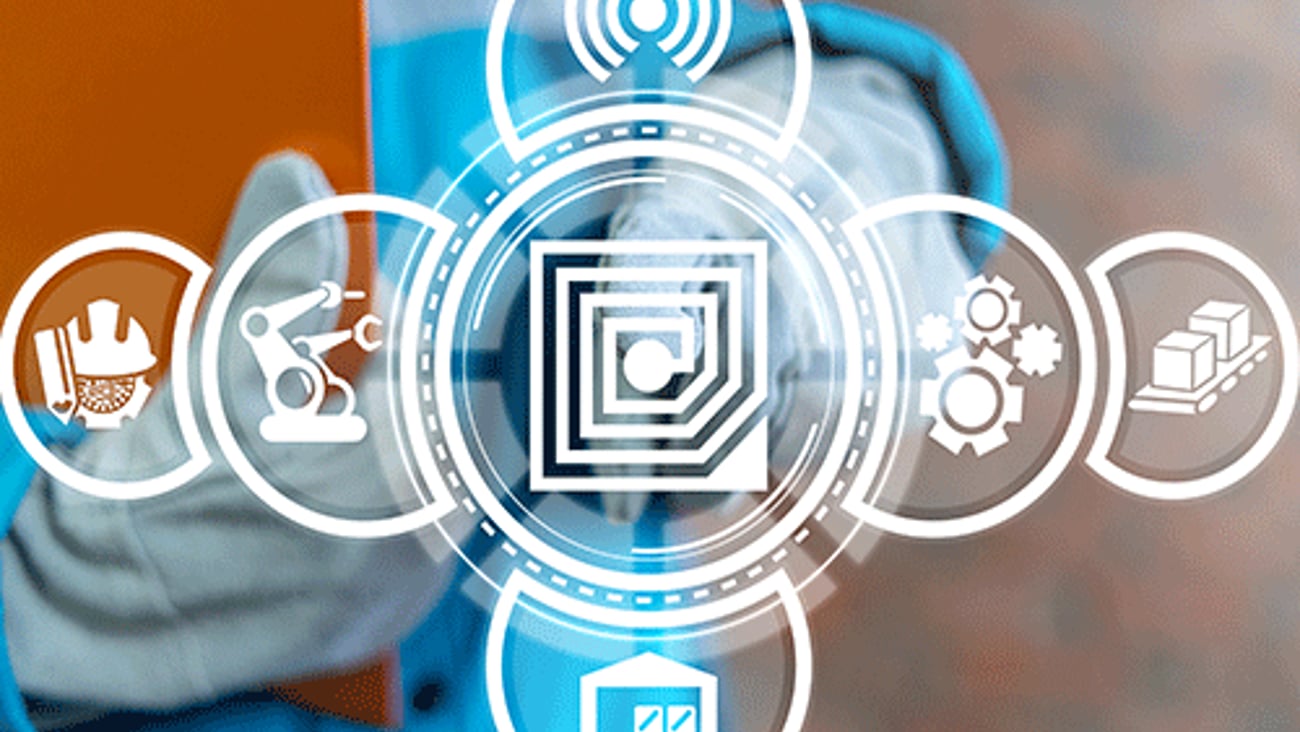Redefining customer experience in response to BOPIS
The rise of omnichannel shopping has changed consumer expectations, and retailers must adjust accordingly.
I was fortunate to have the opportunity to conduct a virtual Q&A session with Flora Delaney, president of Delaney Consulting, during the Podium Connect Retail Leadership Summit. Delaney provided insight on a variety of topics relating to how buy-online-pickup-in-store (BOPIS) and curbside pickup have changed the way customers want to shop.
Following are several highlights from Delaney’s discussion.
The changing customer journey
Delaney advised that retailers need to realize the modern customer journey starts much earlier than when a shopper arrives at a store.
“The customer journey begins with ‘I need X,’” said Delaney. “They could be on their phone, Pinterest or Instagram, at work on their computer, or even in the parking lot of the store. You need to start talking to your customer at the beginning of their journey and keep talking to them in the channel they feel comfortable in. There is no way my son’s generation would dream of calling a store and talking to a human being. They want to send and get texts.”
Remove the chore, deliver the joy
In the age of BOPIS, Delaney said customers have become much more aware of which parts of the shopping experience are a “chore,” and which are a “joy.”
“Look at stores from the chore perspective,” said Delaney. “Make shopping as effortless as possible, even for pickers. Some retailers are testing putting their top 100-selling SKUs in one area for quick in and out.”
As an example of “chore” vs. “joy” shopping, Delaney said shopping for paint is a joy while shopping for hinges is a chore. Similarly, picking out produce can be a joy, but selecting paper towels is a chore.
“Highlight the experience for all the senses for joyful shopping – the ‘treasure hunt’ products that are interesting and exciting,” she said. “Take the chore part and make it reliable and smooth. Doing the transaction is not joyful; make sure you set up mobile payment options so customers can get out as quickly as possible.”
‘Subscribe and save’
According to Delaney, the growing popularity of omnichannel shopping is reducing the effectiveness of traditional in-store “impulse” promotions. But innovative alternatives exist.
“If you’re using artificial intelligence, you can move past analyzing what you think the customer wants to knowing what they’re scrolling for, the search terms they use, the frequency of repurchases, and where they like to shop,” stated Delaney. “You can offer ‘subscribe and save’ programs so you don’t have to build an endcap of chips and soda to encourage replenishment of the pantry.”
Continuing the chips and soda example, Delaney said retailers can offer customers automatic monthly (or whatever frequency meets their needs) refills of the exact brands, quantities and flavors customers want, using AI analysis of their shopping behavior and preferences.
Follow through
Delaney also recommended that retailers not stop their efforts at innovative customer engagement once a purchase has been completed.
“Talk to the customer after the shopper journey is over,” she said. “For BOPIS, how can you check in an hour later to make sure the order was okay? There is always an increase in returns for BOPIS orders. How do you make sure that experience goes smoothly, instead of being drudgery?”







